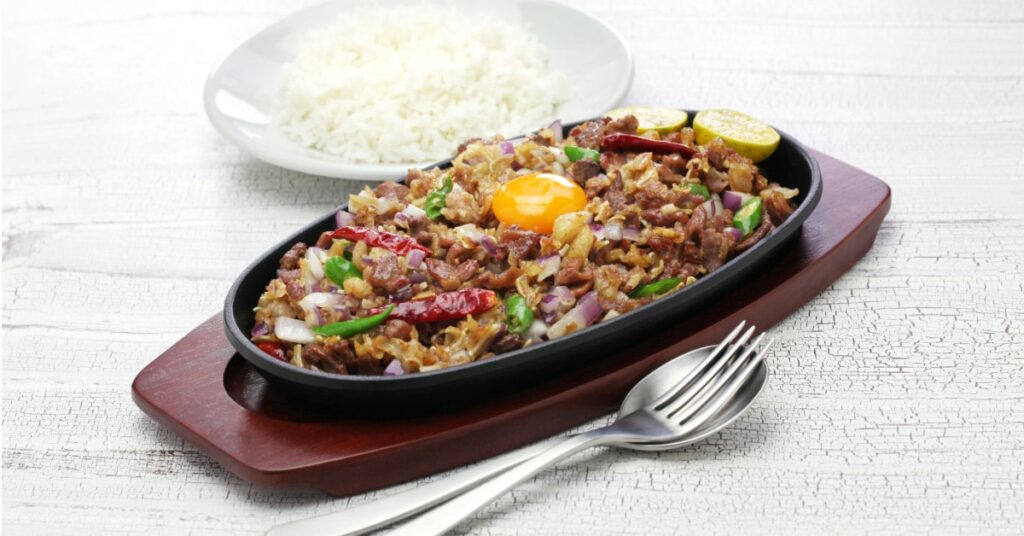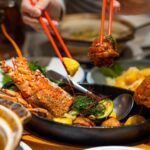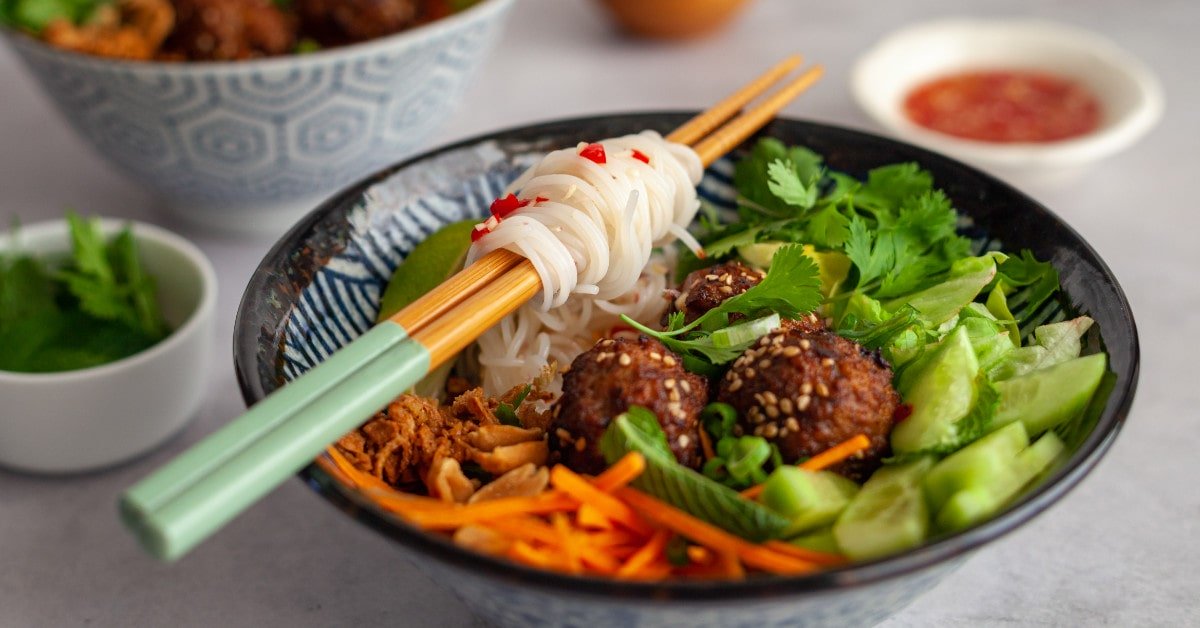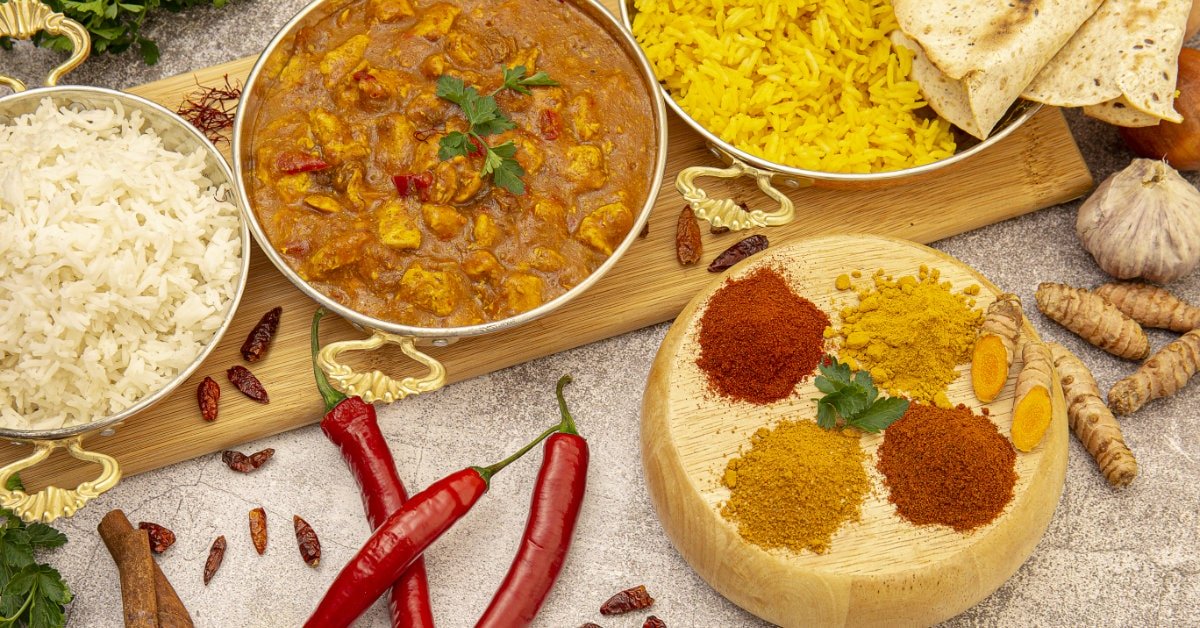The Philippines is well known for its unique and distinct cuisine. From Spanish colonialization to American culture. The Philippines has one of the largest populations in Asia, with almost 100 million people. This population has many tastes, preferences and allergies to consider when cooking Filipino food.
Philippines cuisine has been influenced by the Spanish, Chinese and American cultures to name a few. It has evolved into a rich, flavourful art that reflects the history of these cultures.

Philippines food can best be described as exotic, with strong flavours showcased by fish sauce, coconut milk, and chillies. The ingredients like fish sauce and shrimp paste are not uncommon in Sydney or Brisbane, but Filipino cooking staples like banana ketchup aren’t as easy to find.
Commonly most Filipino cuisine is most served with white rice and generally uses fresh ingredients like vegetables, fish, and meats, with most dishes being cooked over an open flame or charcoal.
Best Friends Foods
This grocery store is the best Filipino Food in Fortitude Valley Brisbane.
Are you looking for the best delicacies around the Philippines? Best Friends Foods is the best option available since it offers a wide variety of delicious foods. It is a Philippine company and has a variety of Filipino cooking products.
The company’s customers include popular Philippine food chains such as Greenwich, Chowking, Kenny Roger’s Roasters, etc. Also, large Philippine supermarkets such as Shopwise and Savemore Market. Best Friends Foods also distributes its products overseas through international distributors.
Visit the Best Friends Foods website for more details or visit the Facebook page.

Looking for a place to have lunch in the Valley? See the Lunch Fortitude Valley – Where to Go page.
Examples of Philippine Cuisine
Puto Food
Puto Food ingredients include steamed rice cakes with either salted duck eggs or red beans. These may also come mixed with taro or cassava. Philippine lumpia – eggrolls filled with either ground pork and vegetables or shrimp.
Banana cue/Q – skewered sliced plantain deep-fried in coconut oil; served hot sprinkled with powdered sugar. Halo-halo – is a dessert of crushed ice mixed with evaporated milk, various fruits (mango, papaya, and coconut), Philippine coconut candy, flan, and sweet beans.
Puchero
A beef stew dish cooked with banana blossoms and Saba bananas; the Spanish introduced this during their rule of the Philippines. Dinuguan – a stew made of pig’s blood and innards (typically lungs, kidneys, liver, and tripe) cooked with garlic, chilli, and vinegar; usually served with a side of pork cracklings.
Philippine Lechon – spit-roasted pig basted with oil, vinegar, Philippine bay leaf (laurel), peppercorns, garlic, and other spices; typically eaten during large gatherings such as fiestas and important Philippine holidays.
Philippine Longganisa
A Philippine sausage, similar to a hotdog but with fillers such as garlic and various other spices; usually eaten for breakfast paired with Filipino biscuits or puto. Sisig – chopped parts of pig’s face (ears, jowls, snout) served on sizzling platters with onions, calamansi juice, Philippine chilli leaves, and lemon juice.
Maafe – beef or sometimes chicken slow-cooked in peanut sauce spiced with tamarind, ginger, and “gata.” Pork sinigang – pork stewed in tamarind broth typically also containing vegetables such as radish, green beans, okra (ladies fingers), and eggplant.
Dinardaraan
Philippine “adobo” in which chicken, pork, or both are cooked in vinegar, soy sauce, Philippine bay leaf, peppercorns, garlic, and sometimes onions, then fried until brown.
Nilagang Isda
Philippine fish soup is best known for being sour with tomatoes and Philippine tamarind (a sour fruit), Philippine chilli leaves, and gabi (taro root).
Binakol
Binakol chicken soup is best known for the addition of green papaya strips. Lugaw – Philippine rice porridge is typically eaten as breakfast; notably, cloves of garlic are added.
Pancit luglug – stir-fried rice noodles with either shrimp or pork; Philippine fish sauce “patis” is usually added. Pancit Molo – Philippine wonton soup typically made of minced pork and wonton wrapper dumplings filled with ground chicken meat and spices.
Philippine Coconut (Philippine coconut oil)
Philippine coconut meat can be consumed by itself or cooked in Philippine dishes. Banana ketchup is a condiment commonly used in Philippine cuisine that tastes best on pancit dishes; it resembles barbecue sauce but with a sweeter flavour.
Philippine mangoes are sweet, with either yellow or green skin; these Philippine mangoes are typically eaten fresh or used in Philippine desserts such as halo-halo.
Philippine coconut candy
Philippine candy is made from Philippine coconut meat, typically with either brown or white sugar added; these Philippine candies are often featured in Philippine desserts such as halo-halo and Filipino macaroons.
How the Tagalog Language Influences Filipino Food
Tagalog is the language of the Philippines that has influenced Philippines food. Tagalog is primarily spoken in Central Luzon around Manila by about 30 million people. Filipino swear words are often derived from Tagalog. A lot of Philippines food has been influenced by colonial history, culture and its cuisine reflect this.
Not to despair, Philippines ingredients are similar to Australia’s, with common ingredients like garlic, onions, ginger, chilli, and coconut milk. However, Philippines cooking is generally done over an open flame or charcoal because of the Philippines lack of gas supply.




